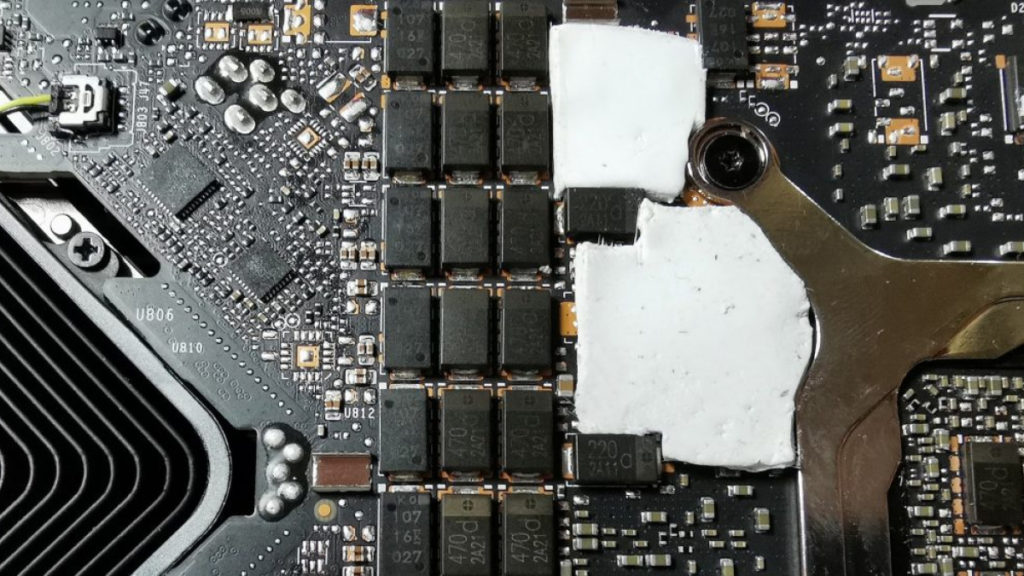
An inevitable side effect of increased power consumption is increased generation of heat. The latest RTX 30 Series cards are already breaking records for power consumption. NVIDIA was so aware of this it even redesigned the cooling solution for these Ampere-based cards. One thing that is also known is that the PC community is full of individuals who will modify just about anything in order to gain some extra performance. Recently, a number of videos have popped up showing how to disassemble or tear down this new powerhouse. Well, Igor Wallossek has taken it a step further to show how an old and inexpensive trick can still provide impressive results.
Igor has been busy with the RTX 3080, as we all have. Those lucky few who have managed to snag one may want to check this video out. Igor has been paying close attention to temperatures of the RTX 3080. From FLIR images to close monitoring of specific components, he’s been getting acquainted with the new designs for Ampere. One particular component has been shown to get pretty hot, possibly edging to its threshold. He’s observed the new GDDR6X memory modules ranging from 96°C up to over 110°C under intensive testing. Micron has not published the thermal limit of these modules. Even if this is within the thermal safe-zone, it could potentially have long-term effects or throttling in cases with inadequate cooling measures.
Old Tricks Are Sometimes the Best Tricks
An affordable addition could be the answer here. Increasing the cooling pads could be just the thing these power-hungry cards need. This is not the first time we reported on such a strategy with cards that like to run hot, as can be seen here. Igor’s experiment used 3-mm ultrasoft pads, and it showed a decrease of 8°C on those same modules. Not bad, eh? The amount of material used here probably costs less than $5, too.

That’s it! He’s also published an instructional video called “10 Minutes 10 Steps” showing how to do a teardown. As mentioned before, this is not a new strategy. PC builders are well aware that anything from thermal paste to cooling pads can sometimes give impressive results in the hunt for performance.
